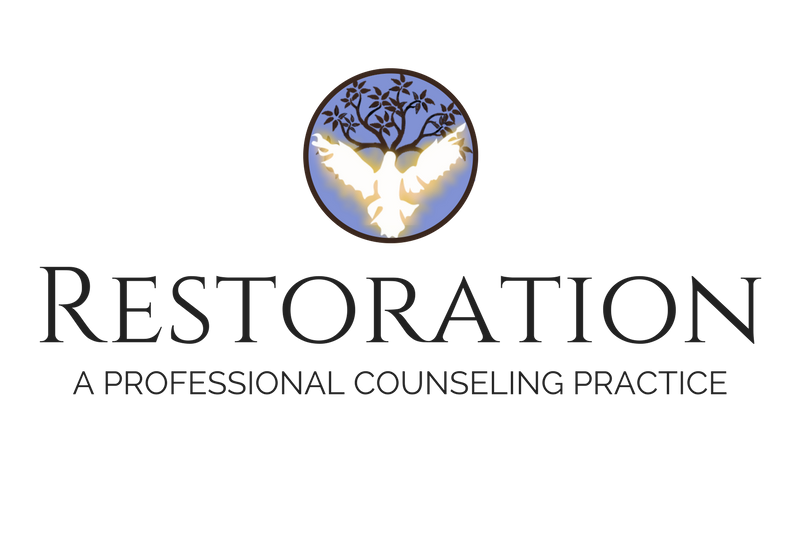EMDR Therapy
EMDR stands for Eye Movement Desensitization and Reprocessing. It is a physiologically based therapy that helps a you see disturbing material in a new and less distressing way. This includes experiencing a decrease or elimination of symptoms that came with the original material, such as a decrease or elimination of fear, anxiety, flashbacks, panic attacks, negative beliefs, etc. EMDR enables you to heal from the symptoms and emotional distress that are the result of disturbing life experiences.
The goal of EMDR therapy is to process completely the experiences that are causing problems, and to include new ones that are needed for full health. "Processing" does not mean talking about it. Talking can help a you learn more about your reactions and feelings on an intellectual level, but it does not change the reactions and feelings when you are triggered. "Processing" means setting up a learning state that will allow experiences that are causing problems to be "digested" and stored appropriately in your brain. That means that what is useful to you from an experience will be learned, and stored with appropriate emotions in your brain, and can guide you in positive ways in the future. EMDR therapy leaves you with the emotions, understanding, and perspectives that will lead to healthy and useful behaviors and interactions, with the decrease or elimination of disturbing emotional responses or triggers you had been experiencing.
EMDR was originally used as a trauma therapy in the late 1980’s to reduce symptoms of PTSD (Post traumatic stress disorder). It continues to be used to alleviate PTSD symptoms, however it is now used as a therapy modality to reduce symptoms associated with Anxiety, Depression, and many presenting issues and symptoms.
Repeated studies show that by using EMDR, you can experience the benefits of psychotherapy that once took years to make a difference. It is widely assumed that severe emotional pain requires a long time to heal. EMDR therapy shows that your mind can in fact heal from psychological trauma much as the body recovers from physical trauma.
An abbreviated overview of EMDR Therapy:
When you have an experience where you feel very upset, your brain often does not reprocess that information from that experience efficiently. One moment may become "frozen in time," and remembering that incident may feel as bad as going through it the first time because the images, sounds, smells, and feelings haven’t changed. Such memories have a lasting negative effect that interferes with the way yousee the world and the way you relate to other people. REM (rapid eye movement) sleep is when the brain reprocesses all events that have occurred during the day. It often does not do this efficiently. EMDR replicates REM sleep awake. Just like a computer can freeze and you need to reboot it so it can be used again, EMDR acts as a way to reboot a neuropath way that has “frozen” in an emotional state. This emotional state comes from a negative belief that is not productive to your survival and functioning. EMDR is NOT hypnotherapy. You are totally awake and help direct me (the clinician) as to how fast or slow you wish to move during treatment. I use bilateral music, vibrating "nodes" (small ovals that vibrate which you hold in your hand), or my finger, depending on which method you find most useful for the effectiveness of treatment.
Some of this material is excerpts from: F. Shapiro & M.S. Forrest (2004) EMDR: The Breakthrough Therapy for Anxiety, Stress and Trauma. New York: BasicBooks.
For more information on EMDR, please visit emdr.com.
